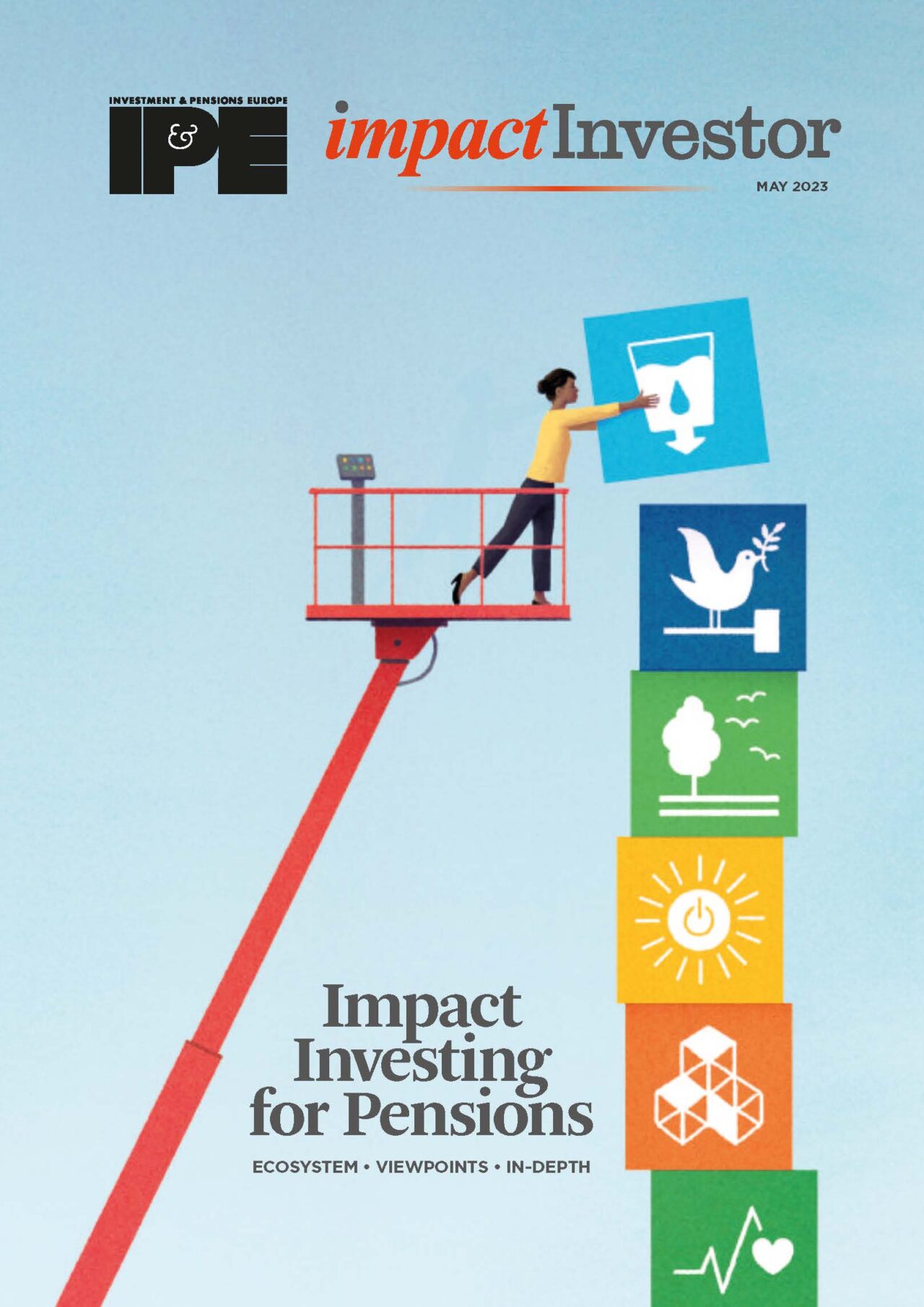The ‘E’ and the ‘S’ in ESG are intrinsically linked. But how we define, deliver and measure social impact? asks Shuen Chan, head of responsible investment and sustainability at LGIM Real Assets.

Over the last decade, we have seen the rise of the ‘E’ in ESG across all corners of life – discussions, debates, even commitments, have ramped up across the investment industry, political sphere, and broader society alike. It may be said, though, that the ‘S’ in ESG has received far less attention, falling shy of its emphatic neighbour.

Today, against a backdrop of widening social inequality, we’re seeing a shift in focus – social impact has, rightly, made its way up the agenda. This is welcome news. We believe that the ‘E’ and the ‘S’ are intrinsically linked. Without one, you cannot attain the other. Take net zero – it’s critical that our transition is both fair and inclusive, social and environmental objectives must, therefore, go hand in hand.
Real assets owners and investors have a unique opportunity to play a crucial role in the delivery of social impact. But to work out ‘how’, we must step-back and clarify ‘what’.
What really is social impact?
We define social impact as the intentional, additional, and attributable economic, social and environmental benefits to communities as a result of our investment. So, how do we deliver it, and how do we measure it?
When it comes to social impact, we don’t believe that using ‘scores’ will achieve the right outcomes for the intended beneficiaries. In our view, distilling social impact into one monetary value via a static framework is an over simplistic approach.
Take a hypothetical – how would you measure the positive outcome delivered from supporting someone with mental health issues? How does one quantify this? There’s potential far-reaching impact; this could be through mento-ring, facilitating skills training, creating employment, bettering health and well-being – not only impacting the individual, but their family, friends, and wider community. There’s an undeniable multiplier effect that often can’t be captured with standard metrics.
Ultimately, we can’t encapsulate real positive impact solely focusing on the quantitative. Impact has many different interpretations; it means a lot of different things to a lot of different people. And so, in our view, there’s no ‘one size fits all’ approach.
How do we tackle this?
Consider the ‘beyond’ – the qualitative, the long term and the context. This is an important point; one the industry needs to implement if it wants to capture the bigger picture and create long lasting value in society.
One way we can do this is through adopting a place-based approach. This means taking an asset-level view as to how we could intentionally contribute, deliver, and catalyse positive out-comes. It’s not just about channelling finance – whilst financial impact can be an important factor – the non-financial impact is as, if not more, important.
The communities in which we operate face different challenges, have different wants and needs – some areas are facing homelessness, others are facing challenges around ageing demographics. It’s therefore essential that the measurement of impact is adapted and flexed to consider the specific asset, and its context. This contextualisation is important in distinguishing the level of impact that can be achieved, and the outcomes associated with the specific contributions.
As a starter, we look to the four Cs: community – meeting the needs of the local community, including those who are underserved; commercial – delivering impact that is commercially aligned; collaborative – being strategic in partnerships (collaborations is key to addressing critical challenges); and catalytic – being more intentional in our role as a catalyst and facilitator enables greater positive impact, at scale.
Now, you may be wondering why this should be top of mind for investors. Our stance is strong: investment activity which contemplates its inter-action with society is more likely to have long-term relevance, and as a result, less exposed to the risk of obsolescence. In short, it makes commercial sense.
An example is Poole, a town in Dorset, England where we own a shopping centre. We have nurtured a group of local stakeholders who represent the needs of the community: organisations tackling issues including homelessness, ageing population, as well as the NHS (the UK’s National Health Service), the local university, and our occupiers. This model forms part of our long-term goal to deliver place-based social impact, creating a community hub which will engage and support residents – and, yes, it’s commercially aligned.
In partnership with the NHS, we welcomed the UK’s first ‘Think Big’ clinic to the shopping centre to help tackle long waiting lists – we now know that over half of patients move on to shop or consume within the asset following their medical appointment. So, alongside delivering positive social outcomes for the community, we are bolstering footfall and revenue for our occupiers, creating a relevant and resilient asset, and there-fore, driving returns for our investors.
A tangible example that, if we are intentional, we can be impactful – positively reaching all stakeholders, from the general public to your big-league pension fund.
One final point worth stressing is, whilst measurement is always important, there’s a danger of focusing just on monetary value, distilling the value of someone’s life into numbers. You can get so fixated with measurement, that you fall short on the ‘doing’ – let’s ensure we don’t go off-piste.
Shuen Chan is head of responsible investment and sustainability at LGIM Real Assets.
This article is part of the editorial content of the Impact Investing for Pensions report. You can download a digital copy of the report here.







